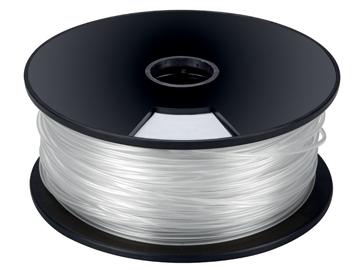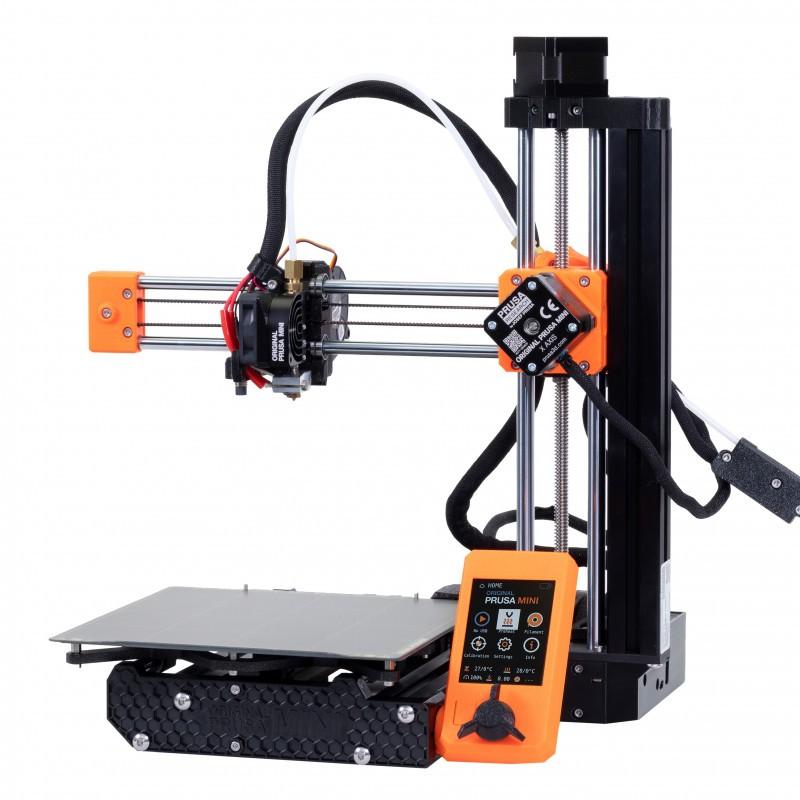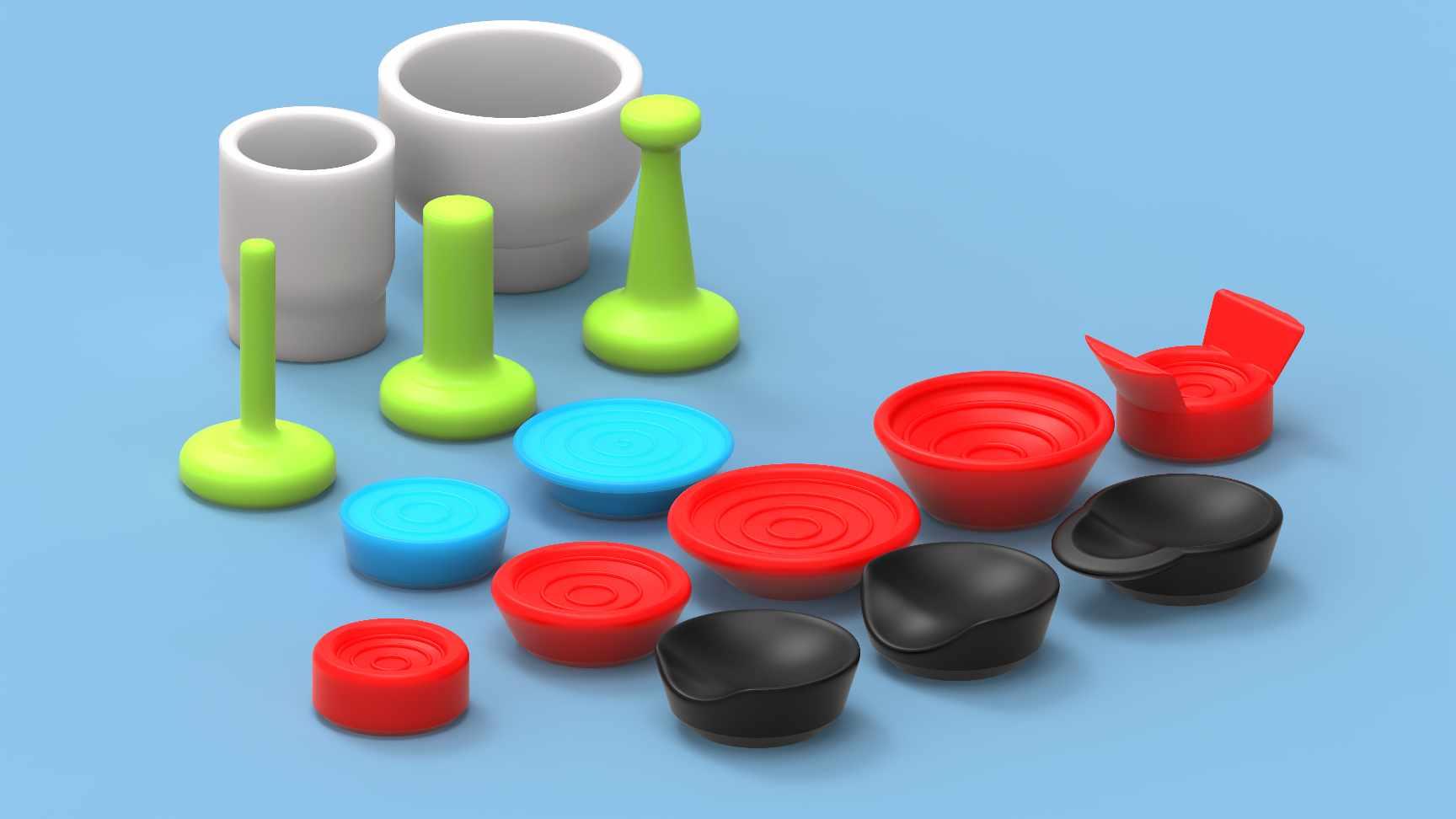D4E1 3D Print a Life-Size Controller Holder and Caps: a Maker's Guide
by aniiarz99 in Workshop > 3D Printing
177 Views, 1 Favorites, 0 Comments
D4E1 3D Print a Life-Size Controller Holder and Caps: a Maker's Guide



Hello and welcome to our tutorial on creating a custom controller holder and caps for the Nintendo Switch. This guide is specifically designed to help individuals with disabilities enjoy gaming independently, with minimal external assistance. In this step-by-step tutorial, we’ll show you how to craft a sturdy and user-friendly holder and caps tailored to the needs of those with physical limitations. Let’s get started on making gaming more accessible for everyone!
The interactive gaming system we’re creating is designed to be inclusive for individuals of all abilities. By integrating smooth movement facilitated by ergonomic design and durable materials, the system allows users to engage effortlessly. For instance, the custom controller holder and caps are tailored to be easy to handle, providing a secure and accessible grip for those with limited mobility. . It’s not just a tool for play, it’s a gateway to accessible and engaging entertainment for everyone.
Supplies



Tools:
- 3D printer
- Computer with 3D slicing software (GrabCAD,)
software:
- STL file of the controller and caps model (provided in this Instructable)
Materials:
- PLA and TPU 95A
- Caps TPU and holder PLA
Note: The exact amount of filament needed will depend on your final print size and settings. Ensure you have enough filament before starting the print job.
Different Names of the Caps






First, we want you to take note of the different names assigned to each cap. In the pictures, you'll see that each cap is clearly labeled, making it much easier for you to identify exactly which one is needed for your project. This labeling system helps eliminate any confusion, ensuring that you can quickly select the correct cap and proceed with the assembly process smoothly and efficiently. The files for the caps will also be provided here, which you will need when following the instructions below.
Cap files below
Prepare the 3D Model



1. Download the STL file: Begin by downloading the provided STL file of the controller model. This file contains the 3D model of the controller that we'll be printing. Understanding or selecting the appropriate shape of the controller and cap that aligns well with their specific requirements, preferences, and functionality needs.
2.Import the model: Open your 3D printing slicer software.
3.Check orientation and scale: Ensure the model is oriented correctly for printing. This is the recommended printing orientation for the holder. No support needed. The files are made in millimeters.
4.Review slices: Let the slicer process your model and generate the print layers. Review the preview to ensure all parts of the model will print correctly.
5.Estimate print time and material usage: Take note of the estimated print time and filament usage. This will help you plan accordingly and ensure you have enough material.
6.Export for printing: Once you are happy with the size and orientation, export the sliced model in a format that is compatible with your 3D printer. Ensuring all settings are optimized for the best quality and functionality of the final product.
Pro Tip: If you're unsure about the size, try printing a small test piece first. This can help you gauge the scale and make adjustments before committing to the full print.
Remember, preparation is key in 3D printing. Taking the time to properly set up your model will save you time and material in the long run.
For the controller holder files, here down below.
3D Printing Process

1.Prepare the printer: Make sure to clean the print bed properly for optimal adhesion. Then, load the filament of your chosen color into the printer.
2.Print duration: The full-size holder typically takes 4-6 hours to print, while each cap usually takes around 15 minutes. However, these times may vary depending on your printer and material preferences. Use this time to plan the installation location and gather the necessary mounting materials.
3.Post-print cooling: Once the print is complete, allow it to cool completely on the print bed. This prevents warping and ensures dimensional stability.
4.Remove from print bed:Carefully remove the print from the bed once it's fully cooled. If it's stuck, use a thin spatula or the provided removal tool, being careful not to damage the print.
5.Remember, patience is key in 3D printing. Rushing the process or removing the print too early can lead to defects or warping. Take your time and let the printer do its work!
Downloads
Post-Processing




Inspect the model: Check for any printing defects or weak points. Ensure the controller holder is sturdy and well-formed. Examine the caps for any layer lines or imperfections.
Using It and End Result




Conclusion
Congratulations! You've successfully crafted a one-of-a-kind, functional controller holder and caps. This project highlights the incredible potential of combining digital fabrication techniques with creative problem-solving, allowing you to turn your design into a practical and usable object. By merging design, technology, and functionality, you've created something both useful and unique, while gaining valuable experience in the process of bringing your controller holder and caps to life.
Safety Consideration
- 3D printers can burn you due to the extreme heat of the print head and heated bed.
- Look at the Warning photo for small parts.
Final Thoughts
This project taught us a lot about the iterative design process, from the initial concept to the final product. It's a perfect example of how we can use technology to solve everyday problems in creative ways, especially for those with limitations. By creating the controller holder and caps, we aim to ensure that everyone, regardless of their abilities, can continue to play independently. I hope this Instructable inspires you to view everyday objects in a new light and encourages you to create your own functional art pieces!